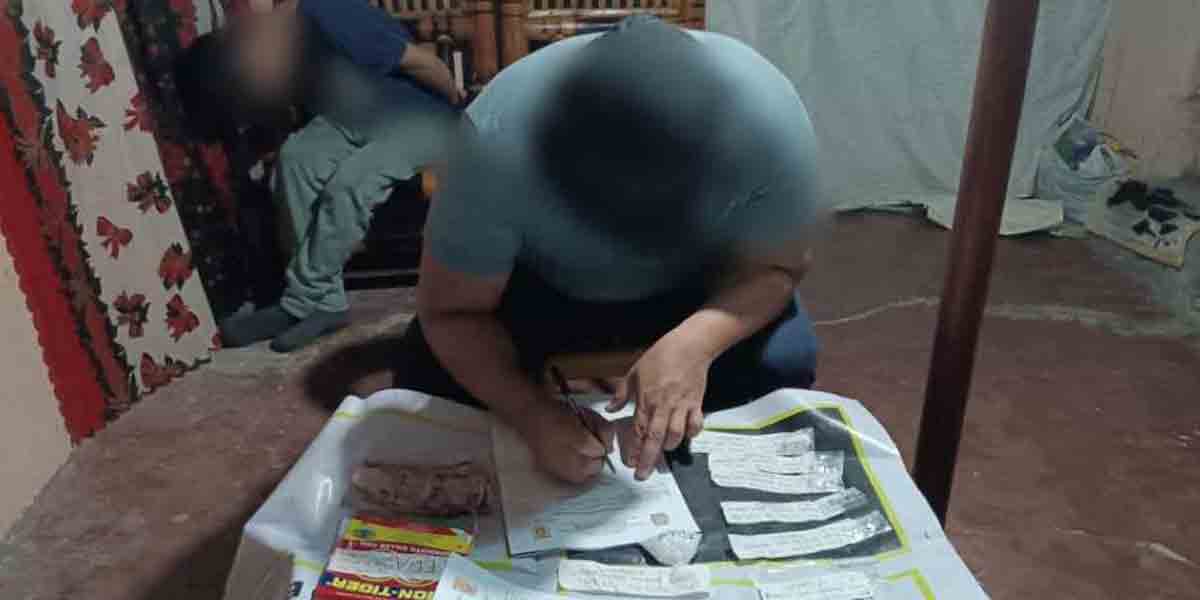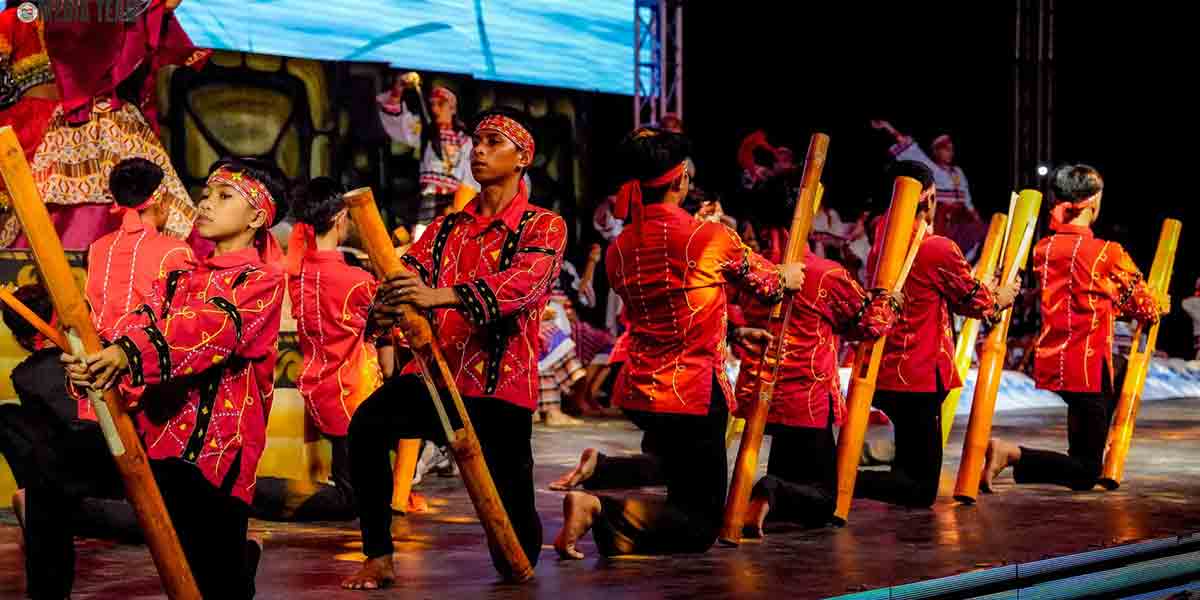
By Rjay Zuriaga Castor
As the city commemorates the 167th birth anniversary of Graciano Lopez Jaena on December 18, a historian has emphasized that it is high time for the city government to provide the noble son of the city with a decent burial in Iloilo.
Dr. Randy Madrid, in his message as the guest speaker during a ceremony at the Graciano Lopez Jaena Shrine in Jaro Plaza, expressed his hope that the city government would prioritize bringing Graciano’s remains back to the Philippines.
“He died in poverty and his remains were not brought back to the Philippines and I am hoping that the Iloilo City government will give more importance to this aspect in the future. I am hoping that we will give him a decent burial here in Iloilo because he is really our hero, and not just only the hero of Jaro but also of the world,” he said.
The University of the Philippines Visayas professor said the irony comes when the birth of the city’s noblest son yet his remains are in a mass grave of another country.
Graciano died of tuberculosis on January 20, 1896, 11 months short of his 40th birthday. He was alone and severely impoverished at the time of his death, without a single centavo to his name.
Reports indicate that his body was buried directly in a mass grave known as La Fossa de Pedrera at Montjuic Cemetery in Barcelona, just a day after his demise.
As per records from the mass grave’s management, a man named Graciano Lopez Faena, aged 40 and single, received a direct burial in the same mass grave one day after his passing.
The mass grave where Jaena was buried is now known as the burial site for those who lost their lives during the Spanish Civil War.
“From 1893 until 1978 [it] was used as a mass grave for poor people. From 1949 to 1978, the victims of the Civil War in Spain were buried here,” said Mar Rovira, cemetery’s tour guide, in a 2013 report from ABS-CBN News.
Graciano’s body has not yet been repatriated as his exact location cannot be determined until now.
Since 1916, the government has actively been searching for it, as mentioned in a letter from Dr. Maria Serena Diokno, then-chairperson of the National Historical Commission of the Philippines.
Graciano’s descendants also attempted to locate his remains in the mass grave, but to no avail.
Madrid also emphasized that the city government and other historians will give importance to retrieving and studying Graciano’s letters, rhetorical speeches, and articles.
He said that studying these accounts would let Filipinos understand and know more about the Ilonggo hero.
Madrid clarified that Jaena was not against religion, citing several lines from the Ilonggo hero’s works.
“He is not anti-religion. In fact, his parents encouraged him to become a priest. Lopez Jaena is not anti-religion, but he is anti-friars because, at that time, the friars were committing numerous abuses in the Philippines,” he said.
He further stressed that Jaena did not deny that the Philippines was moving in a backward manner during Spanish colonization, but this backwardness was due to the friars who pushed the Filipinos into ignorance, fanaticism, and exploitation.
Graciano Lopez Jaena was born on December 18, 1856, in Jaro to Placido Lopez and Maria Jacoba Jaena.
He is a key figure in the Propaganda Movement against Spanish rule, forming the triumvirate of the Propaganda Movement alongside Jose Rizal and Marcelo del Pilar.
Graciano founded the newspaper La Solidaridad in Barcelona, Spain, and became its first editor.
La Solidaridad was the first newspaper to advocate for the goals of the Propaganda Movement toward achieving assimilation with Spain.




















